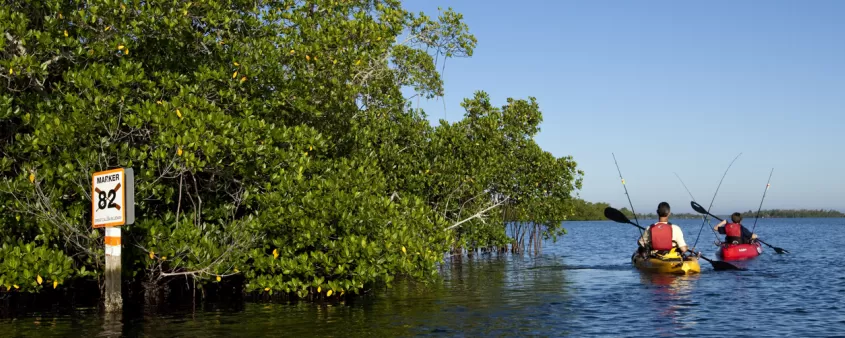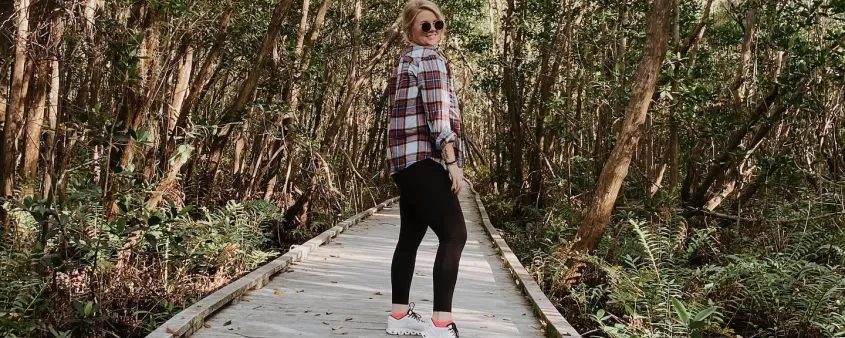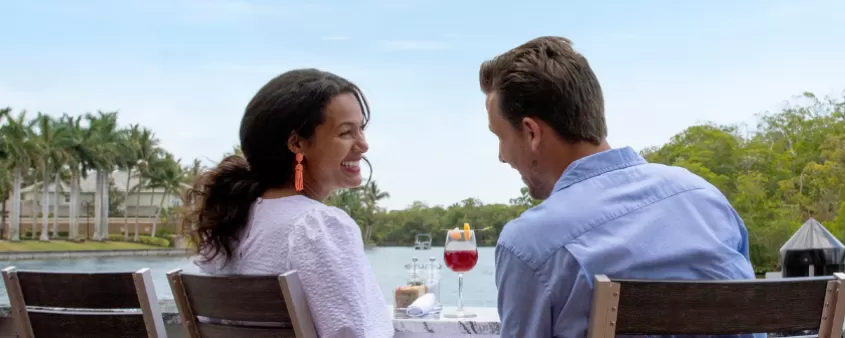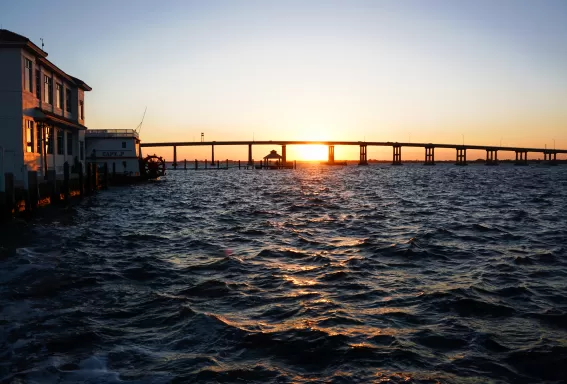10 fun facts about Southwest Florida.
What Is Fort Myers Known For?
Your first impression might be that we’re all about our gorgeous Gulf beaches and having fun in the sun. Those things are true, but Fort Myers is also chock-full of history and interesting factoids that will inspire you to come explore and dig a little deeper.

1. Our islands, beaches and neighborhoods attract visitors from all over the globe, and it’s been that way for generations. But did you know that the first European “tourist” in Southwest Florida was Spanish explorer Juan Ponce de León? He first arrived on Pine Island in 1513. When he returned in 1521, the native Calusa people — who had inhabited these lands for centuries — resisted when he tried to establish a Spanish colony, and he later died from injuries sustained during that battle.

2. When springtime arrives, baseball fans come out in droves! Fort Myers is the spring training grounds for the Boston Red Sox and Minnesota Twins, a tradition that we’ve held on to for over six decades. Learn how you can come watch the teams in action (hint: ticket sales start in December) and be a part of the fan fun.

3. Anglers from all over the globe come here for inshore and offshore fishing. Not only is this considered one of the greatest areas in Florida for saltwater fly-fishing, but the sport of tarpon fishing originated in Pine Island Sound in the late 1880s. Boca Grande Pass is known as the “Tarpon Fishing Capital of the World.”

4. We’re all about innovation and modern thinking. Maybe that’s why Thomas Edison and Henry Ford chose neighboring estates in Fort Myers as their winter homes for many years. Come see what inspired them at the Edison and Ford Winter Estates. (Another fun fact: The banyan tree on these grounds is the largest of its kind in the United States; the tree’s aerial roots have a circumference of over 400 feet!)

5. Did you know that Sanibel Island is considered the “Seashell Capital of the World”? Gulf waters push gently along the sloping seashore, allowing whole seashells to wash up in pristine condition. (Collecting seashells is so common that we even have our own lingo: the Sanibel Stoop and the Captiva Crouch.) Some of the rare shells collected here are brown-speckled junonia, sculpted lion’s paw, coveted golden olive, golden tulip and Scotch bonnet shells. Since 1937, the Sanibel Shell Show has highlighted the art and beauty of shelling.

6. The Calusas once used the Caloosahatchee River as a highway, and modern-day boaters can cross the Intracoastal Waterway. You can actually boat straight across the state of Florida from Fort Myers/Sanibel to Palm Beach via the Caloosahatchee River and Okeechobee Waterway.

7. Miles of mangroves, mud flats and seagrass beds are an essential part of our local estuary ecosystem and are best explored on a leisurely paddling excursion. About 40 percent of Florida's endangered and threatened species are found in these estuaries, and about 80 percent of Florida's fish, shellfish and crustaceans spend at least part of their lives in estuaries.

8. With more than 400 miles of both saltwater and freshwater canals, Cape Coral actually has more canals than Venice! Bring the whole family on a fun-filled vacation on the waterfront.

9. Beyond beaches and waterways, Southwest Florida is abundant with nature preserves and wildlife habitats. In fact, J.N. “Ding” Darling National Wildlife Refuge occupies half of Sanibel Island. As another fun fact, the refuge was named for Pulitzer Prize–winning cartoonist Jay Norwood “Ding” Darling, who was also the first environmentalist to hold a presidential cabinet post (under FDR).

10. Hop on a charter boat to Cabbage Key for a surprising sight. The walls of Cabbage Key’s historic inn are covered in more than $70,000 worth of autographed dollar bills. Every year, about $10,000 falls off and goes to charity. The inn itself was built by playwright Mary Roberts Rinehart and her son in 1938, and has long been a beloved institution at Mile marker 60 on the Intracoastal Waterway.




